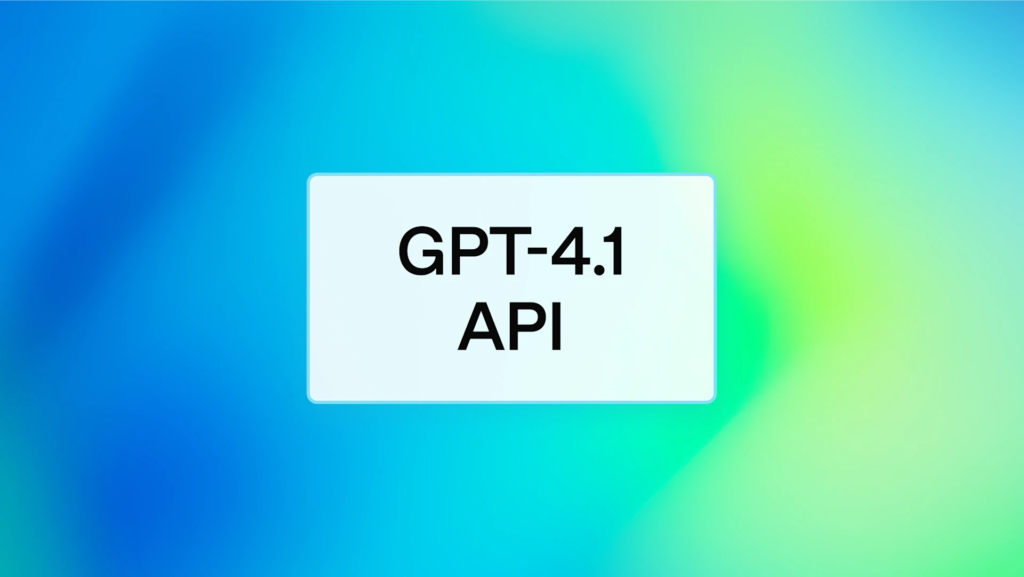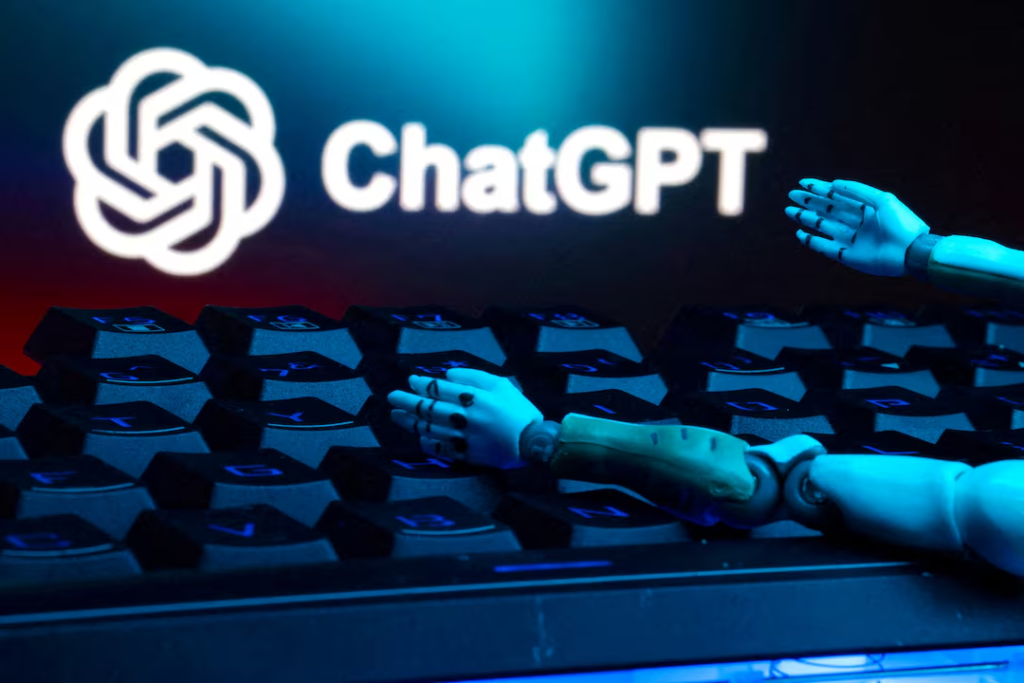OpenAI just released three new AI models called GPT 4.1, GPT 4.1 mini, and GPT 4.1 nano. These tools are made to help coders write software faster and with fewer mistakes. The massive model GPT 4.1 possesses the capability to process extensive amounts in a single instance, such as consuming an entire library book through a single operation. The large model capacity of GPT 4.1 enables it to process extensive texts effectively, thus making it suitable for constructing apps alongside bug resolution tasks.
What Makes GPT 4.1 Special
The new models are better at following instructions and writing clean code. For example, if you ask GPT 4.1 to build a website button, it will do it without adding extra, unneeded code. The smaller models, like GPT 4.1 mini and nano, are faster and cheaper but still good at basic tasks.
One cool feature is the “1-million-token context window.” This means the AI can read up to 750,000 words at once. Imagine pasting a giant document into the AI and having it understand everything in seconds. That is what GPT 4.1 can do.
How GPT 4.1 Stacks Up Against Rivals
OpenAI says GPT 4.1 is smarter than its older models. In tests, it scored around 54% on coding tasks, while Google’s Gemini 2.5 scored 63%, and Anthropic’s Claude 3.7 scored 62%. Even though it is slightly behind, GPT 4.1 is cheaper. Using the smallest model, GPT 4.1 nano, costs just 10 cents for every million words processed.

AI is also good at understanding videos. In one test, it guessed what was happening in a video without subtitles with 72% accuracy. This could help coders build tools that analyze videos for apps or websites.
Why Coders Might Love GPT 4.1
The GPT 4.1 AI completes repetitive developer tasks, including code error repair and documentation creation, at a higher speed than most developers. With its capabilities, GPT 4.1 can complete these tasks at a higher speed. The AI assistance at Windsurf provided improved acceptance of 60% more code submissions while reducing redundant editing by 50%, according to the company.
The models are also cheaper for businesses. A big law firm, Thomson Reuters, said GPT 4.1 was 17% better at checking legal documents than older AI tools. This saves time and money.
What Users Are Saying About GPT 4.1
Mixed Reactions from Developers
Some coders are excited. “This AI writes code faster than my team,” said one developer. Others worry about mistakes. “It still makes errors on big projects,” said another user.
The Downsides of GPT 4.1
The bigger the task, the more mistakes GPT 4.1 makes. If you give it a small coding job, it works well. But if you ask it to handle something massive, like a whole app, its accuracy drops. OpenAI admits that AI can be too literal. You have to give very clear instructions, or they might not understand what you want.
Another issue is security. Like most AI tools, GPT 4.1 sometimes creates code with hidden bugs or security holes. Developers still need to check everything it makes.

The Future of AI in Coding
OpenAI wants to build an AI that can handle entire software projects alone. Imagine telling the AI, “Build me a weather app,” and it does everything from writing code to testing for bugs. GPT 4.1 is a step toward that goal.
The new models serve as time-saving tools for programmers working on their development tasks. AI demonstrates its evolutionary influence on software development through these models, even though they contain imperfections. The pursuit to develop the top coding AI continues as Google and Anthropic expand their software capabilities at an accelerated pace.
Your coding experience can become quicker and less frustrating because of GPT 4.1 tools, whether you are a pro-level or a beginner developer. A human review remains essential for verifying the output of the most intelligent AI programs.





